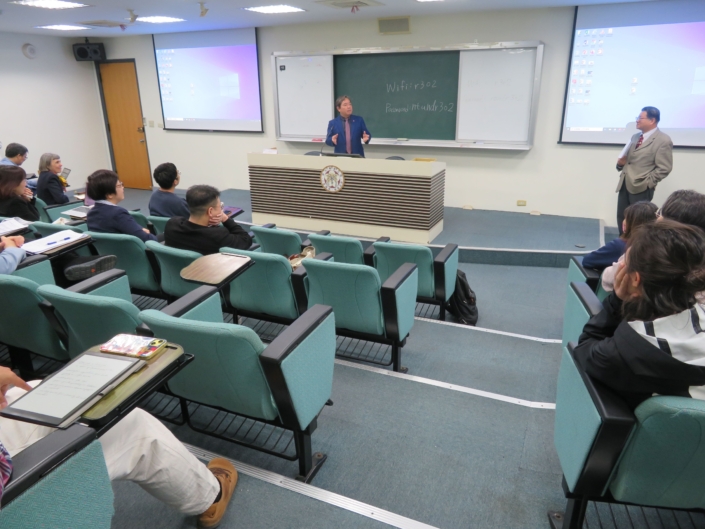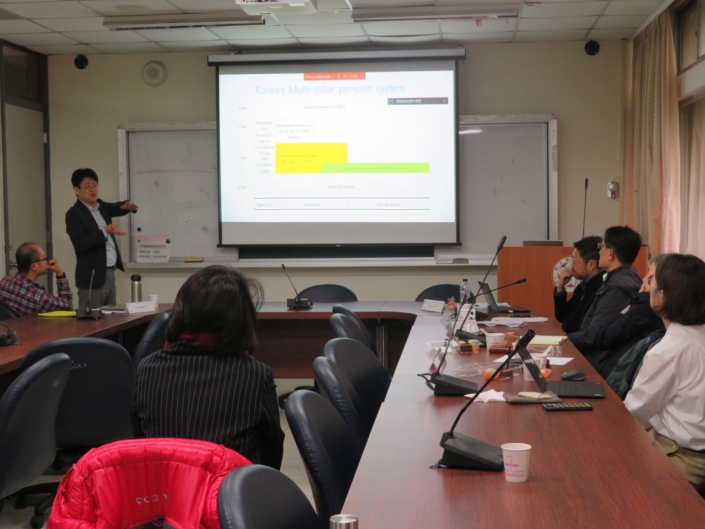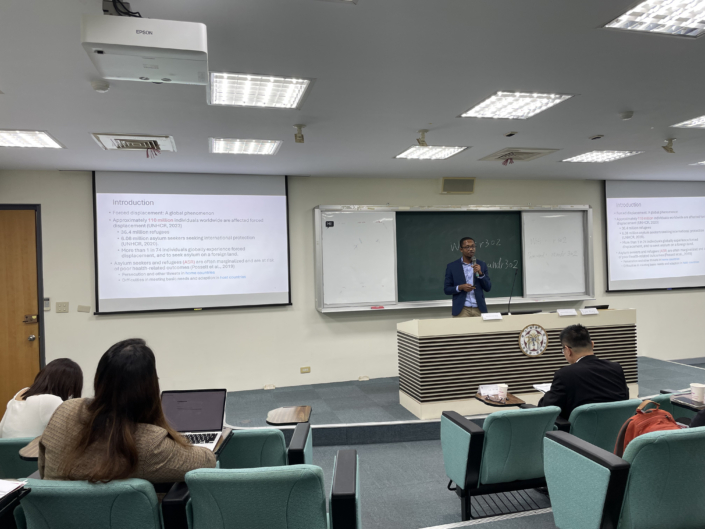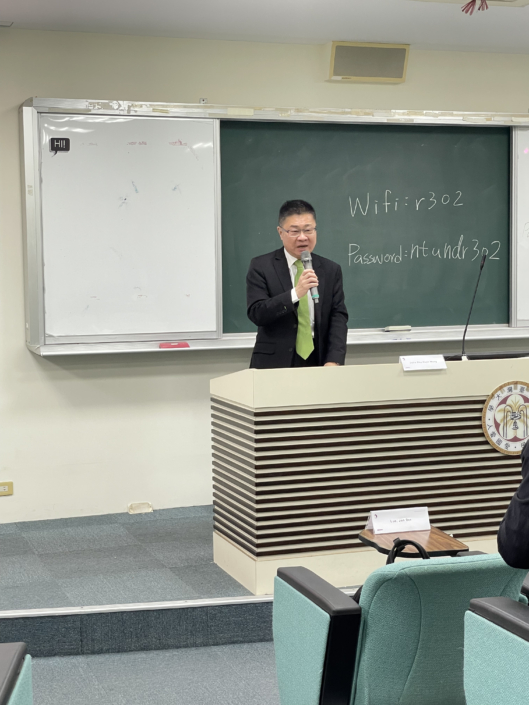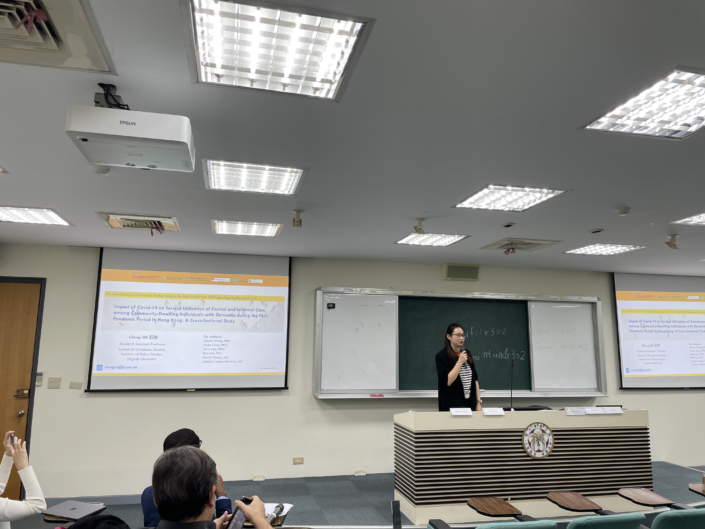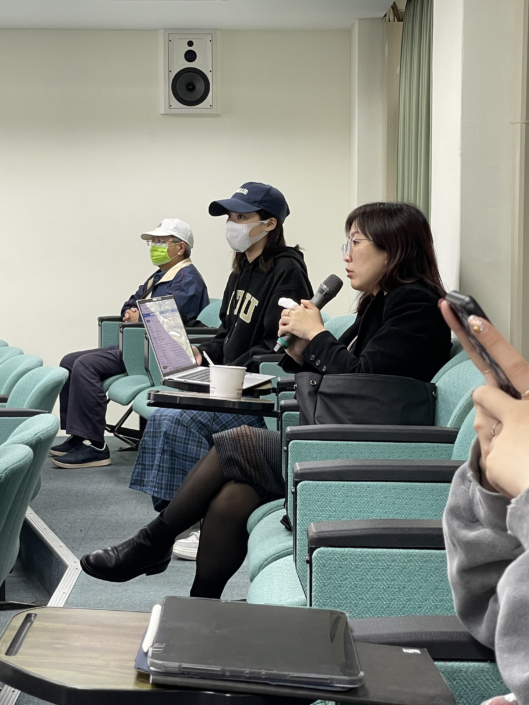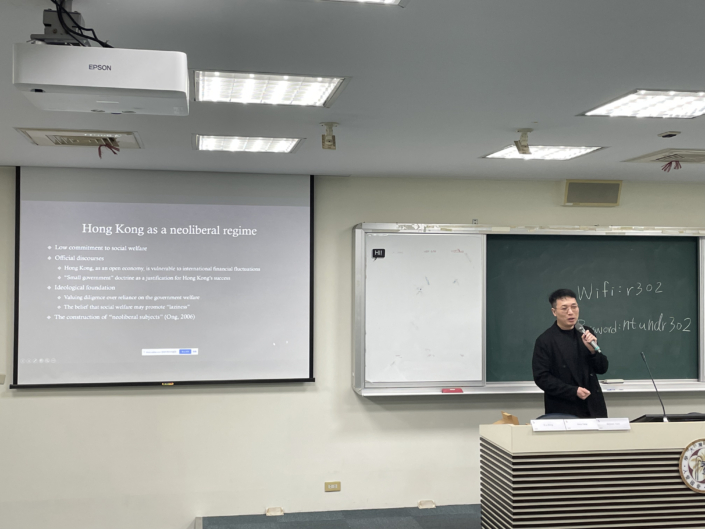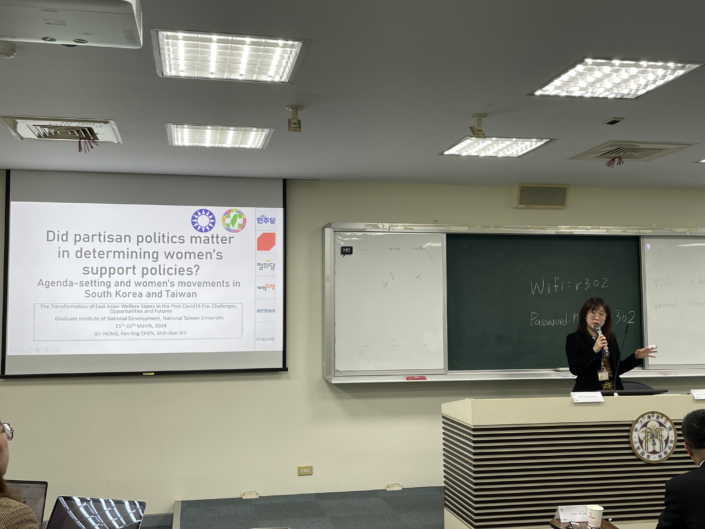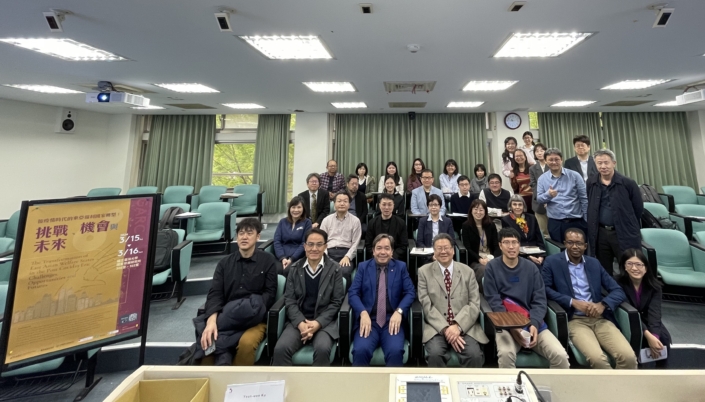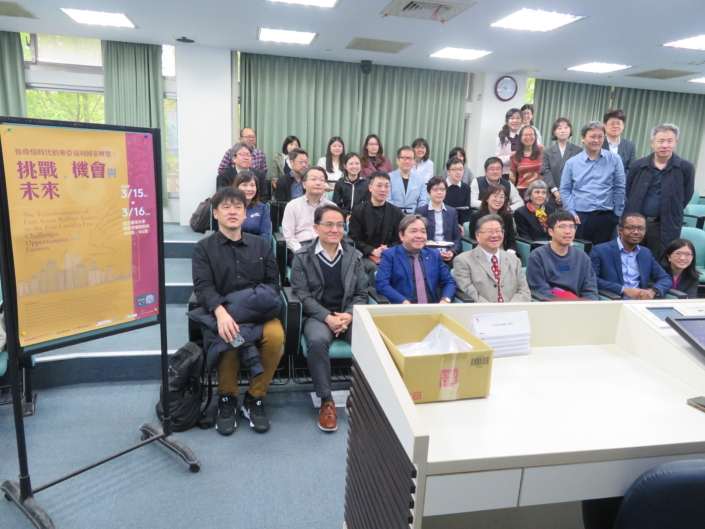The Transformation of East Asian Welfare States in the Post Covid19 Era: Challenges, Opportunities and Futures
The conference began with Professor Ka Ho Mok’s insightful keynote speech on the community-based post-COVID integrated care and health measures for older adults in Hong Kong. He emphasized the necessity of establishing welfare states in East Asia that are adaptable to the post-COVID-19 era. He explored the current “community-based” and “medical-social integration” care management methods, discussing the roles and collaborative models involving the government, individuals, families, industries, non-governmental organizations, and society in elderly care. The conference then was divided into two themes, East Asia and Pension, to proceed.
In the East Asia session, fourteen papers were presented. Among these presentations, the study of Gary Tang, Eva Hung, and Samson Yuen highlighted the broad distribution and diversity of neoliberal orientations among Hong Kong citizens, revealing complexities and dynamics in public opinion on income distribution, and views on the private sector and government roles, providing valuable insights for social welfare policy considerations. Rami Hin-Yeung Chan and Lucille Lok-Sun Ngan explored the migration behaviors of Hong Kong residents, including returnees, expatriates, and mainland Chinese immigrants, in response to socio-political changes and public health crises.
Edward Kwabena, Ameyaw, Padmore Amoah, Adusei, and Obidimma Ezezika systematically reviewed mobile health (mHealth) applications for maternal healthcare, aiming to analyze the global usage, effectiveness, and application scope of these apps in maternal healthcare services. Their study suggested that increasing political commitment, budget allocation, and using non-textual communication methods could effectively improve maternal healthcare service efficiency. Chi Kit Chan analyzed the representation of cross-national market risks in financial news, focusing particularly on China’s risks from 2017 to 2023.
Fen-Ling Chen and San-Lin Chung explored various pension reform strategies, including increasing premiums, adjusting benefits, raising the retirement age, and increasing government subsidies in East Asia. On the other hand, Inhoe Ku and Chung-Yang Yeh examined the impact of asset-based welfare systems on public pension reforms in East Asia, using South Korea and Taiwan as case studies. They argued that high homeownership rates in East Asia both supported and hindered the development of public pensions and suggested that the impact of homeownership should be evaluated in the making of welfare policies.
Yasuhiro Kamimura explored the long-term care systems in East Asia and highlighted the distinctive developmental paths of East Asian countries, particularly South Korea and Taiwan, in contrast to Western countries. Genghua Huang, Zhaiwen Peng, and Yawen Weng examined the relationship between crises and social policy reform, using China’s long-term care reform as a case study. They pointed out the importance of careful balancing between economic growth and social policy in the context of crises and welfare states, particularly in China, where the social policy paradigm has not yet transitioned from a growth regime. Julia Shu-Huah Wang compared the welfare differences between capital or major cities and lower-income secondary cities, finding regional disparities in welfare provision in China, Taiwan, Japan, and South Korea.
Padmore Amoah, Adusei and Edward Kwabena, Ameyaw examined the living conditions and well-being of asylum seekers in Hong Kong, examining the challenges, survival strategies, and circumstances they face under a productivist welfare regime. Ijin Hong explored social welfare policies in South Korea and Taiwan, focusing on family-friendly and labor market policies within the context of democratic politics. Ying-ho Kwong and Mathew Y. H. Wong investigated the application of contact tracing apps and their impact on public policy within the framework of a digital welfare state in East Asia. They analyzed the support and challenges faced by the governments of Japan, Taiwan, Hong Kong, and Macau in adopting contact tracing apps during the pandemic and found a positive correlation between investment in healthcare spending and governance efficiency and government support performance.
Japan, with the highest GDP investment in healthcare, performs best in data tracking, transparency, policy assistance, and data protection, followed by Taiwan, Hong Kong, and Macau. Yeun-wen Ku, Fang-Yi Huang, Hsin-Hsin Pan and Chung-Yang Yeh studied the perceptions of Taiwan and other East Asian nationals on the deservingness of recipients of social security. Through a survey of 4,054 Taiwanese citizens aged 20 and above, they found that the public saw those who faced economic difficulties caused by uncontrollable external factors, such as COVID-19 pandemic, were more eligible recipients. Recipients’ sex and the countries of origin also influenced people’s perceptions. Cheng Shi examined the impact of COVID-19 on the use of formal and informal care services by individuals with dementia and their family caregivers in Hong Kong, suggesting that future care service policies should be family-centered.
Nine papers were presented and discussed in the Pension theme. This themed panel started with Traute Meyer’s speech on the pension sustainability crisis in aging and super-aging Asian societies. Compared to Europe, which had an earlier aging schedule and more comprehensive research, the development of pension systems in East Asia is relatively immature and diverse. Additionally, the level of attention given to pension issues in East Asian societies is relatively low. Therefore, comparative research on the development of East Asian pension systems is of great importance.
Masato Shizume then presented his research on old-age income and pensions in East Asian countries, followed by the presentation of Chung-Yang Yeh, who proposed a new pension model to the ageing Taiwan. Shih-Jiunn Shi analyzed the pension reform in China and argued that under this reform, local governments would possibly bypass national pension integration policies by reserving funds before the policy took effect, thus damaging its effectiveness. Won-Sub Kim and Hyungyung Moon looked at the rise and development of South Korea’s basic pension system through the context-based policy transfer theory. They emphasized the impact of political factors—such as democratization and changes in ruling parties—on social welfare reforms. He found that media coverage of social welfare issues, including elderly poverty, along with the perceptions of the public and recipients on these issues, influenced the process and direction of social welfare reforms.
Traute Meyer and Fang-Yi Huang compared changes in women’s status in Europe and East Asia against the backdrop of pension tightening. They found that men’s positions in the labor market had weakened due to tightening pension systems, whilst women positions were improved due to increased recognition of the value of caregiving and low-pay jobs. In comparison among the labor markets of Taiwan, Japan, and Korea in East Asia, Korea showed the greatest gender inequality, Taiwan the most gender egalitarian, and Japan was in between. Meanwhile, Chung-Yang Yeh compared the capitalist systems and developments in Japan and Taiwan, highlighting their distinctive characteristics. Japan featured a corporate-centered economy, privatized government banking system, and company-based labor market transformation. Taiwan’s economy was characterized by its focus on small and medium-sized enterprises and a liberal labor market transition. They also responded differently to pension pressure. Japan developed a “dual structure,” while Taiwan expanded its pension coverage.
Kenzo Yoshida discussed Japan’s 2004 welfare policy reform and concluded that the reform was influenced by the “two-party system” and the “bureaucratic system.” He argued that the “blame avoidance strategy” potentially undermined Japan’s democracy and eroded public trust in the pension system, leading to pension outflow and a more severe crisis. Dah-Mi Lee and Won-Sub Kim also examined the 2000, 2009, and 2015 civil service pension reforms in South Korea as case studies to explore institutional continuity and the drivers of reform. They found that civil service pensions still accounted for a significant portion of public expenditure and suggested that combining Pearson’s theory with party competition theory helped explain the welfare state in post-democratization South Korea. The conference ended with closed roundtable discussions that led to further research collaborations and future academic publications.
Notes taken by Yu Tzu LO, Zuo Ying LIN, 林佑儒, Yu Ting CHAN, translated by Ying Tsen CHEN, and edited by Wei-Yun Chung

